
Today I wanted to touch on a type of training that, pound for pound is probably the most effective type of exercise. For many reasons that we will get to below!
Now, let’s start off. What is strength training?
Strength training is using muscular force against resistance. Muscles adapt to any type of resistance.
The resistance can be a heavy object, one’s own body weight, elastic resistance from bands, or other types of machine resistance from pulleys or hydraulics. The object could be a kettlebell, free weight, another person — anything that has mass.
Different types of equipment that can provide resistance :
Barbells

Dumbbells

TRX suspension training

Kettlebells
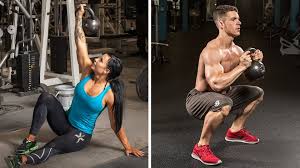
Sandbags
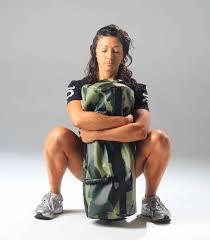
Medicine Balls
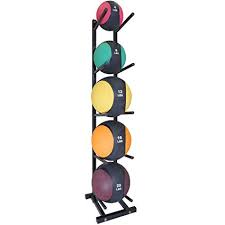
Resistance/Rubber Bands
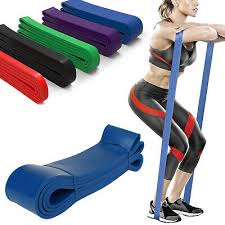

Resistance Machines

Calisthenics

Why is strength training so important?
-improving the ability to coordinate your moving parts
-improving how quickly you can generate force to move against the resistance
-building muscle tissue
-strengthening connective tissues such as tendons
-Improves glucose tolerance and insulin sensitivity
-Maintains and enhances muscle mass
-Maintains and enhances metabolic rate
-Improves bone density
-Decrease chance of injury
-Improves ability to engage in daily activities
-Decreases bad cholesterol levels
-Improves balance
-Improves self-esteem
-Enhances strength and endurance
-Enhances speed, power and agility
-Improves body composition
-Decreases blood pressure
-Improves aerobic capacity
When muscle metabolism is altered, it can contribute to the development of many chronic diseases. Maintaining muscle mass with strength training can help to prevent some of the most common health conditions, including obesity and diabetes.
Who can strength train?
In the past, strength training was primarily used by athletes to enhance performance and/or increase muscle size.
However, strength training is now recognized as critical to everyone’s health and fitness — regardless of gender, age, or ability. Leading health organizations, including the ACSM (American Council of Sport and Medicine) recommend regular strength training as part of one’s fitness regimen.
With a properly constructed workout program that is tailored to individual goals and skills, anyone can strength train: men, women, children, adolescents, older people and people with disabilities or movement limitations.
According to the Journal of Clinical Interventions in Aging:
“Human aging results in a variety of changes to skeletal muscle. Sarcopenia is the age-associated loss of muscle mass and is one of the main contributors to musculoskeletal impairments in the elderly. Previous research has demonstrated that resistance training can attenuate skeletal muscle function deficits in older adults. Resistance training offers numerous benefits beyond improvements in muscle strength alone for older individuals. Several reports have demonstrated improvements in balance, functional mobility, stability limits, and fall prevention.”
So what should i do?
Firstly, it depends on movement quality. An assessment screen of an individuals movement is essential. Factors can be age, occupation, lifestyle and fitness/movement experience.
Ensure to get a professional to screen your movement quality and then provide the proper demand to meet your bodies capacity.
What is your Goal?
For strength and power, focus on complex, multi-joint, “movement plane” exercises such as squats, deadlifts, pull ups, rows, weighted jumps, etc. You can also use “functional” type exercises such as sandbag carries, sledgehammer swings, and tire flips.
**Volume, Intensity, Frequency and Type of exercises all are crucial
- For muscle mass gain, you can use strength and power-type exercises (with medium loads) as well as targeted body part isolation exercises, such as biceps curls or triceps extensions.
- For endurance (for sport or rehab), you can use strength and power-type exercises (with lighter loads) as well as targeted body part isolation exercises.
- Many rehab-type exercises involve building endurance in specific body parts using very small movements (such as arm raises) with very light loads.
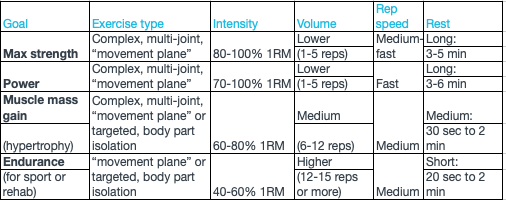
**1RM = 1 Repetition Maximum, maximum amount of weight that a person can possibly lift for one repetition
*sources from Precision Nutrition and the Journal of Clinical Aging
Stay tuned for more on strength training and how to make your workouts harder next this week!
Until next time,
Daniel

Interested in learning more about our programs?
Let’s connect!
Book a phone call, tour or consultation in person.
Check out my calendar below!
https://go.oncehub.com/DanielCecchino
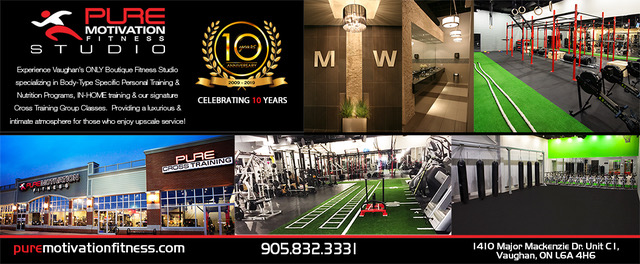
*
Unsubscribe |Pure Motivation Fitness Studio | 1410 Major Mackenzie Drive Unit C1 , Vaughan, Ontario, L6A 4H6




